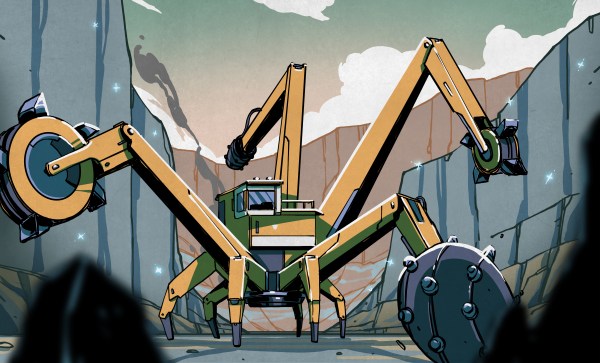I was fascinated by the idea of jet packs when I was a kid. They were sci-fi magic, and the idea that you could strap into an oversized backpack wrapped in tinfoil and fly around was very enticing. Better still was when I learned that these things weren’t powered by complicated rockets but by plain hydrogen peroxide, which violently decomposes into water and oxygen when it comes in contact with a metal like silver or platinum. Of course I ran right to the medicine cabinet to fetch a bottle of peroxide to drip on a spoon from my mother’s good silverware set. Needless to say, I was sorely disappointed by the results.
My little impromptu experiment went wrong in many ways, not least because the old bottle of peroxide I used probably had little of the reactive compound left in it. Given enough time, the decomposition of peroxide will happen all by itself. To be useful in a jet pack, this reaction has to proceed much, much faster, which was what the silver was for. The silver (or rather, a coating of samarium nitrate on the silver) acted as a catalyst that vastly increased the rate of peroxide decomposition, enough to produce jets of steam and oxygen with enough thrust to propel the wearer into the air. Using 90% pure peroxide would have helped too.
As it is for jet packs, so it is with industrial chemistry. Bulk chemical processes can rarely be left to their own devices, as some reactions proceed so slowly that they’d be commercially infeasible. Catalysts are the key to the chemistry we need to keep the world running, and reactors full of them are a major feature of many of the processes of Big Chemistry.
















